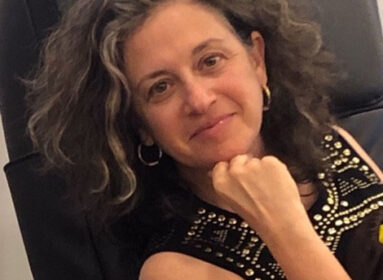
By Stacey Dresner
STATE-WIDE – COVID-19 could have wreaked havoc on Jewish day schools around Connecticut once they were instructed to close on March 15.
But teachers, students and parents – already expecting that classrooms would be empty for a while – hardly missed a beat.
Of course, technology has helped. Each day school is using a combination of Zoom video conferencing and Google Classroom, a platform that allows teachers to create and manage classes.
“We use both Zoom and Google Meet platforms,” says Rachel Haron, principal of the Lower School (pre-K – grade 8) at Bi-Cultural Hebrew Academy in Stamford.
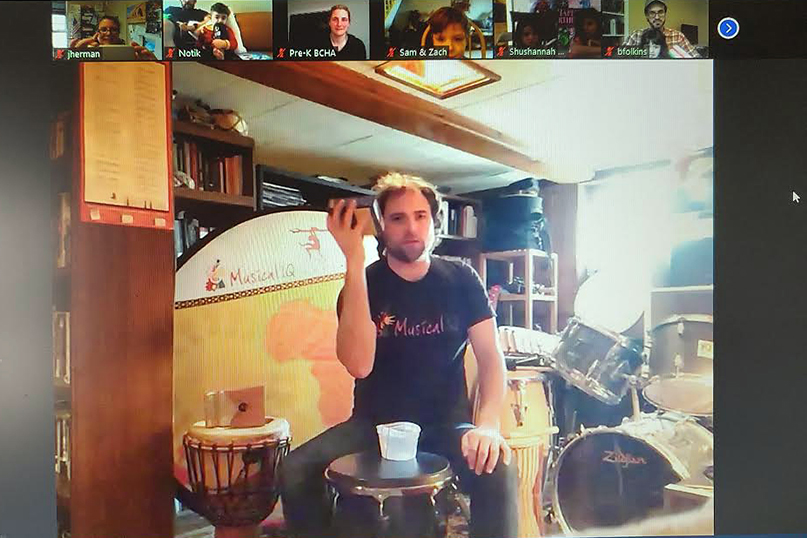
“It’s incredible – [the platforms] enable teachers to teach live and enable the students to see one another and raise their hands in class. It’s been a very exciting adventure as the teachers and students have learned the software,” Haron says.
But going from in-person to online class took some preparation.
“At the beginning, it was extremely unclear how long we would be closed so we told the teachers to prepare for about a week’s material,” Haron said. “They put together books to read and packets, so students already had materials to work with. During that process we realized we would be closed a little longer. So, we started working on our remote distance learning program, revamping, monitoring, adjusting and improving it each passing week.”
Now that they’ve hit their virtual stride, faculty at the pre-K through grade 12 school have taken distance learning to next level with programs that go above and beyond the standard class.
“We have been bringing in live remotes, special programs. We had musical IQ for the younger grades. We’re going to be bringing in a special Holocaust pro-gram that is interactive from Israel with instructors,” says Haron, naming but a few of the creative offerings Bi-Cultural has included in its online educational plan.
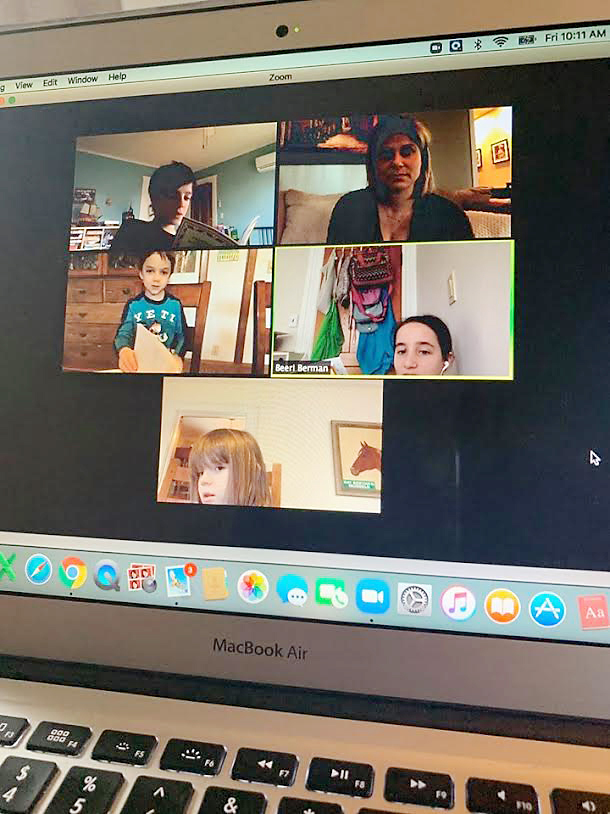
The teachers at Ezra Academy in Woodbridge have had a similar experience.
“We closed school on a Thursday and the following Friday we started online immediately,” says Melanie Waynick, Ezra’s head of school. “We had been planning for about three weeks, anticipating that this was coming. So we were in good shape.”
Waynick says that the easiest part of the whole process has been the technology.
“Our middle school students already study virtually with three other schools across the country in our social justice curriculum, so learning virtually is something the 6th, 7th and 8th graders have all done before. I would say this really gave our teachers a leg up.”
Waynick says that Ezra’s middle school students have been sticking to their usual schedules – just meeting with their classes virtually instead of in person. Young students work based on their age, meeting few hours online; K-1st grade students get a weekly schedule of things they need to do, and meet individually for 20 minutes one-on-one with their teachers every day.
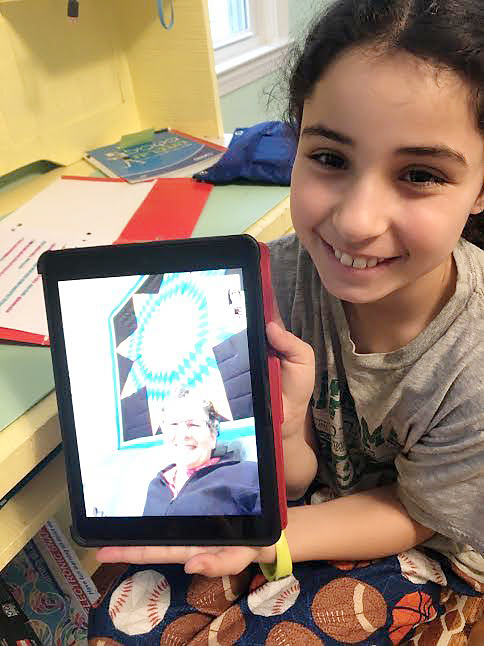
Solomon Schechter Day School of Greater Hartford began planning for online classes a week before they began on March 16. Luckily students were already using much of the technology used in virtual learning.
“Fourth through 8th graders have Chromebooks and use Google Classrooms, and all of our students, from K through 8, use Seesaw in various ways,” says Head of School Andrea Kasper. “Our multi-age method has developed incredible student independence and they are used to working in small groups. This made our transition smoother for sure.”
All the day schools the Ledger spoke were are making good use of online resources.
Ezra’s 7th grade science class took a virtual field trip to the Perot Museum in Texas and visited, via YouTube Live and Zoom, with a scientist working at the rising star cave in South Africa, who led the students through the virtual exhibit.
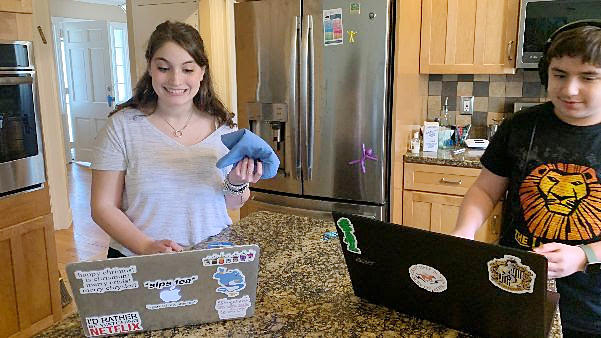
At the New England Jewish Academy (NEJA) in West Hartford, a pre-K-grade 12 school, the Upper Division (grades 7-12) attend seven classes a day with some time in direct contact with teachers online and some on projects and assignments done off camera. The Lower Division combines on-screen teaching with online resources connected to curricula.
NEJA has also been running bi-monthly parent meetings to determine how their children are handling virtual school.
“We made tweaks in our schedule, including longer break times, and we added some additional social and informal programming,” says Head of School, Dr. Josh Levinsohn. “For example, during the week before Passover, we had a grade versus grade scavenger hunt via Zoom, which turned out to be an amazing release for the kids and a much needed time to laugh with their peers again. We continued with some social events over Passover and intend to continue with more after we return.”
At Bi-Cultural, says Upper School principal Rabbi Shimmy Trencher, the online learning program is designed “to ensure that our learning outcomes remain strong.”
“Across the school, we have worked to improve the ‘at home’ experience through a variety of special programs and initiatives. In the Upper School, for example, we are having twice-weekly contests and promotions and virtually bringing in guest speakers.
“Classes have met via Zoom on the same schedule as classes would normally meet in the school building. This approach is best suited to older learners, and while students report missing the in-person interactions that enhance the school experience, the approach has elicited positive results from students.
Still and all, teachers understand that there’s no real substitute for those in-person interactions. But while that can’t happen right now, many teachers are coming up with strategies to connect with their students that come close.
At Bi-Cultural Hebrew Academy, for example, as the Ledger went to press, teachers were planning a “Pre-K Teacher Parade,” for April 21 and 22.
“The plan is that we will drive to your house and your child can be waiting out-side,” the pre-K teachers wrote in a pre-parade letter to parents. “We will stand in front of our cars to give a quick wave, smile and bring cheer to your child and us as well!”







 Southern New England Jewish Ledger
Southern New England Jewish Ledger

